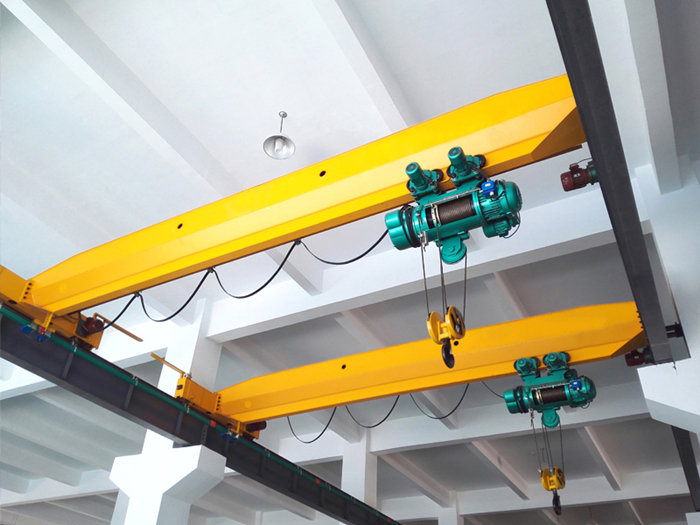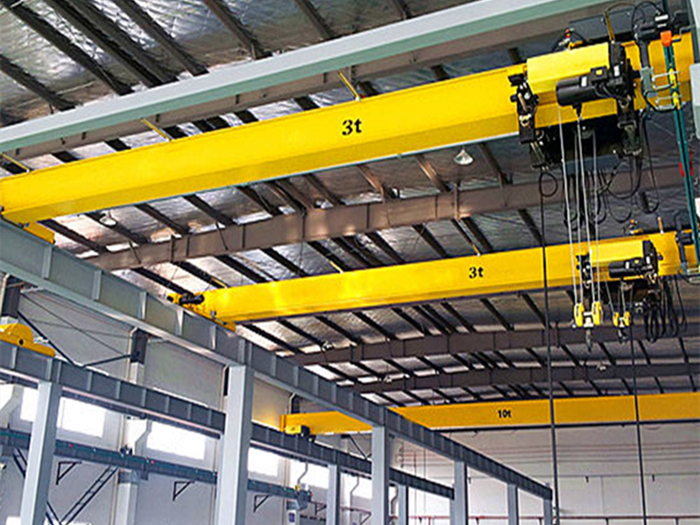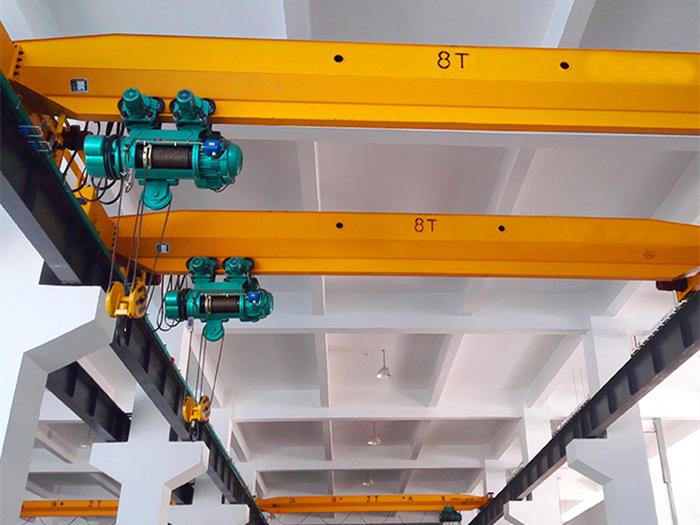Гидравлическая швартовная лебедка
Десять тонн электрических лебедок отправлены в Бангладеш 丨 Профессионально и быстро
Что такое подъемник для ворот?
Электрические тали Клиенты из Юго-Восточной Азии принимают еще один заказ
Ручной нажимной рамный кран с электрической цепной талью 3т отправляется на Барбадос
Доставка подъемника европейского типа с упаковкой
Рабочий уровень мостового крана
Краткая история крана
Краны-мостовой кран, козловой кран, краны EOT. так далее
Как профессиональный производитель кранов и лебедок в Китае, мы дифференцировали нашу сеть поставщиков, что позволяет нам быть более рентабельными.
Мы предлагаем высококачественную и надежную линейку продуктов, охватывающую козловые краны, мостовые краны, мобильные краны, морские краны, подъемники, электрические цепные тали, брашпили, якорные лебедки, швартовные лебедки, электрические и гидравлические лебедки, подъемники водосливных ворот. так далее
When it come to Crane,Nybon Machinery has something to say.We have been in this business for a few decades and our factory has witnessed technology improvement in these years.
A Crane refers to a multi-action hoisting machinery that vertically lifts and horizontally transports heavy objects within a certain range.There are also some similar products like davit,hoist,derrick.etc
The main feature of the tire crane is: its driving cab and lifting control room are combined into one. It is evolved from a crawler crane (crawler crane). The shortcomings of crawler cranes (crawler cranes) that cause damage to the road surface are caused by crawler plates, and belong to material handling machinery.
The bridge crane is a lifting equipment that is horizontally framed over the workshop, warehouse and material yard for lifting and transporting materials. Because its two ends are located on tall concrete columns or metal supports, it is shaped like a bridge. The bridge frame of the bridge crane runs longitudinally along the tracks laid on the elevated sides on both sides, which can make full use of the space under the bridge frame to lift materials without being hindered by ground equipment. It is the most widely used and the largest number of cranes.
Some of the working characteristics of lifting equipment are intermittent movement, that is, the corresponding mechanism of reclaiming, transporting, unloading and other actions in a working cycle is alternately working. The development and use of cranes in the market are becoming more and more extensive. Due to the fact that there are often some accidents without outriggers and lifting, the speed of travel is also faster than crawler cranes (crawler cranes); the operation is stable, the lifting capacity is large, and it can be lifted within a specific range, but the road must be smooth and solid. , The tire pressure meets the requirements, and the lifting shall not exceed 50cm from the ground; long-distance walking with load is prohibited. In order to ensure the safety of the operation, it is basically forbidden to carry out hoisting operations without hitting the outriggers in China. The types of steel wire ropes used for cranes include phosphating-coated steel wire rope, galvanized steel wire rope and smooth steel wire rope.
The origin of crane development history
In 10 BC, the ancient Roman architect Vitruvius described a crane in his construction manual. This kind of machine has a mast with a pulley on the top of the pole. The position of the mast is fixed by a cable, and the cable passing through the pulley is pulled by a winch to lift heavy objects. Some overweight machinery can use two masts to form a herringbone shape to move the hoisted objects laterally, but the amplitude is small and the operation is very laborious.
It was not until the 15th century that Italy invented the jib crane to solve this problem. This crane has an inclined cantilever, and the top of the boom is equipped with pulleys, which can be lifted and rotated. But until the 18th century, all kinds of hoisting machinery used by humans were powered by manpower or animal power, and they were very limited in terms of lifting weight, range of use, and work efficiency.
In the middle and late 18th century, British Watt improved and invented the steam engine, which provided power conditions for hoisting machinery. In 1805, Glenn engineer Lenney built the first steam cranes for the London Dockyard. In 1846, Armstrong of England changed a steam crane in the Newcastle Dockyard to a hydraulic crane.
In the early 20th century, Europe began to use tower cranes.
Cranes mainly include hoisting mechanism, operating mechanism, luffing mechanism, slewing mechanism and metal structure. The hoisting mechanism is the basic working mechanism of a crane, mostly composed of a hanging system and a winch, and some lift heavy objects through a hydraulic system.The running mechanism is used to move heavy objects longitudinally and horizontally or adjust the working position of the crane. It is generally composed of a motor, a reducer, a brake and wheels. The luffing mechanism is only equipped on jib cranes.
The amplitude decreases when the boom is raised, and increases when the boom is lowered. There are two types: balanced luffing and unbalanced luffing. The slewing mechanism is used to rotate the boom, and is composed of a driving device and a slewing support device. The metal structure is the frame of the crane. The main load-bearing components such as bridge, boom and gantry can be box structure or truss structure, or web structure, and some can be used as supporting beams.


 复制产品链接
复制产品链接
 长按图片保存/分享
长按图片保存/分享
FORM TITLE
FORM PRODUCT:
 Краткая история крана
Краткая история крана
你还没有添加任何产品!
FORM TITLE
FORM PRODUCT:

你还没有添加任何产品!
MAYBE YOU ARE INTERESTED IN

Однобалочный мостовой кран с мостовым краном для мастерской

Лучшая цена LDA типа 1~20т однобалочный мостовой кран EOT

Мобильный передвижной однобалочный мостовой кран

Мастерская однобалочного мостового крана

Автоматическая гидравлическая подъемная платформа ножничного типа

Оффшорный опорный кран Портальный кран